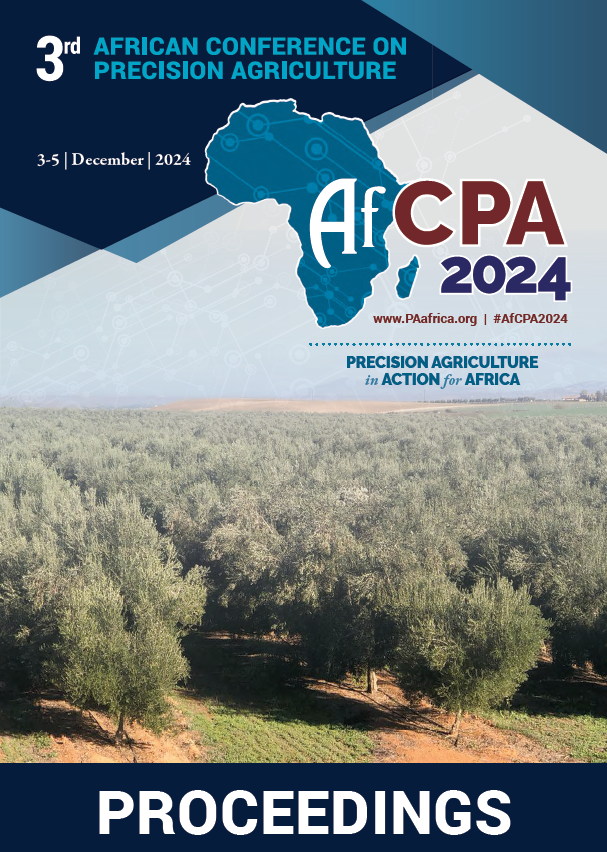Download the Conference Proceedings
Get your copy of the 2024 African Conference on Precision Agriculture Proceedings today! Download the PDF file and view all of the available proceedings.
Proceedings
Authors
| Filter results1 paper(s) found. |
|---|
1. Some essential nutrients, active limestone and pH status of north and center Tunisian soils.Tunisia is a North African country characterized by a Mediterranean climate in the north and Saharan climate in the south part of the country, which resulted in a high geo-morphological diversity of its soils. The last are known by their various fertility status that is affected by abiotic constrains such as salinity, drought, erosion and low organic matter concentration. Thereby, soil fertility is largely linked to geographical position, making fertilization recommendation... A. Hachana, I. Hemissi, I. Achour, A. Souissi, B. Sifi |
